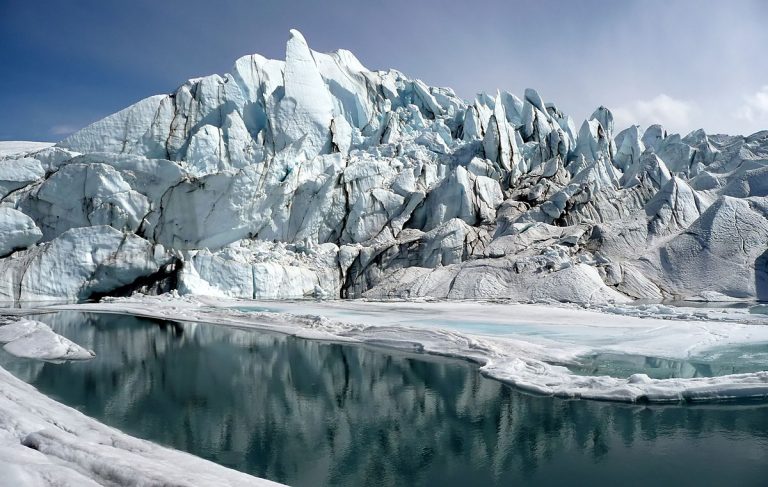Published on September 28, 2018

In light of global warming, more glaciers means more melting. And for the Pacific Northwest, which is home to the most glaciers in the contiguous 48 states, that also means increased vulnerability.
For the first time, a team of researchers has evaluated the hydrological impact of receding glaciers in the region, which is expected to affect future water supplies. While changes in regional glacier mass has previously been studied, the hydrologic consequences on water supply have not been well defined until now. The new study, published in Water Resources Research, a journal of the American Geophysical Union, was led by Civil and Environmental Engineering alumnus Chris Frans in collaboration with CEE associate professor Erkan Istanbulluoglu.
Continue reading at UW Civil and Environmental Engineering
Originally posted at UW Civil and Environmental Engineering by Brooke Fisher